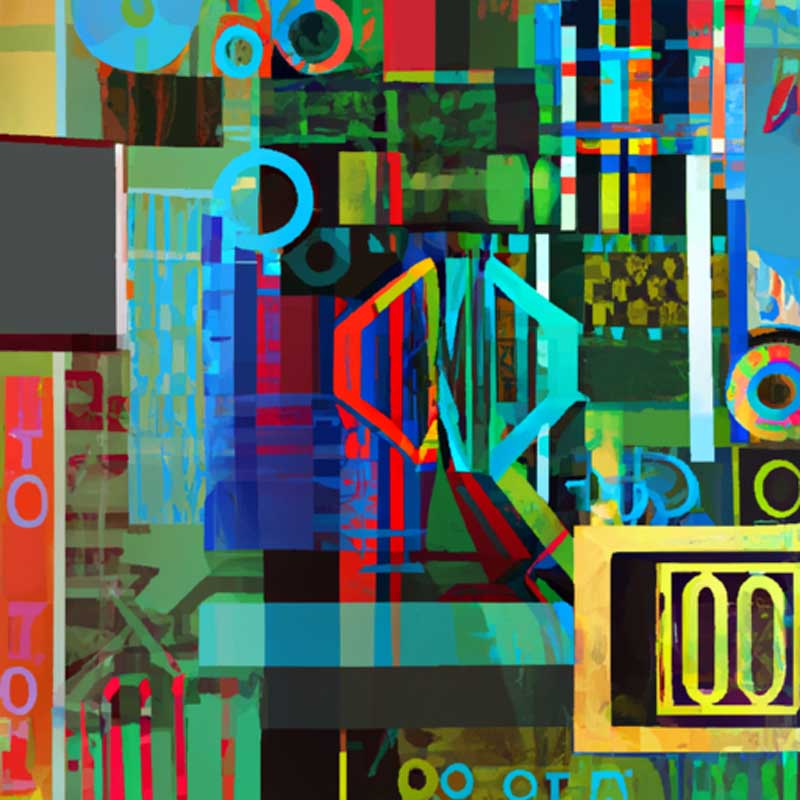Key points from the article:
- Docking spacecraft autonomously is a challenging task that requires precise maneuvers.
- Researchers are implementing an AI system similar to ChatGPT to enable self-docking spacecraft.
In the quest to enable spacecraft to manage docking procedures autonomously, researchers are exploring the use of an artificial intelligence system similar to ChatGPT. Docking spacecraft without human intervention is a complex process that demands extreme precision in maneuvers. A slight error during docking can lead to a catastrophic mission failure. While automatic docking is feasible in Earth orbit, the challenge lies in developing self-driving autonomous spacecraft with the capability to plan and execute their own docking maneuvers.
Since the 1960s, scientists have been investigating ways to make computers perform docking maneuvers, with limited success due to the computational power required for precise trajectory calculations. The Autonomous Rendezvous Transformer (ART) developed by researchers relies on the Transformer architecture, similar to the one used in ChatGPT. ART aims to allow a spacecraft to compute its trajectories independently and plan out docking maneuvers using onboard hardware. Initial simulations of ART have shown promising results, and researchers aim to test it in a mock space environment before deploying it in orbit.
This innovative approach could revolutionize spacecraft docking procedures, paving the way for fully autonomous space missions in the future. By leveraging artificial intelligence systems like ART, spacecraft could perform complex maneuvers with greater accuracy and efficiency, reducing the risk of human error and enhancing overall mission success rates.
